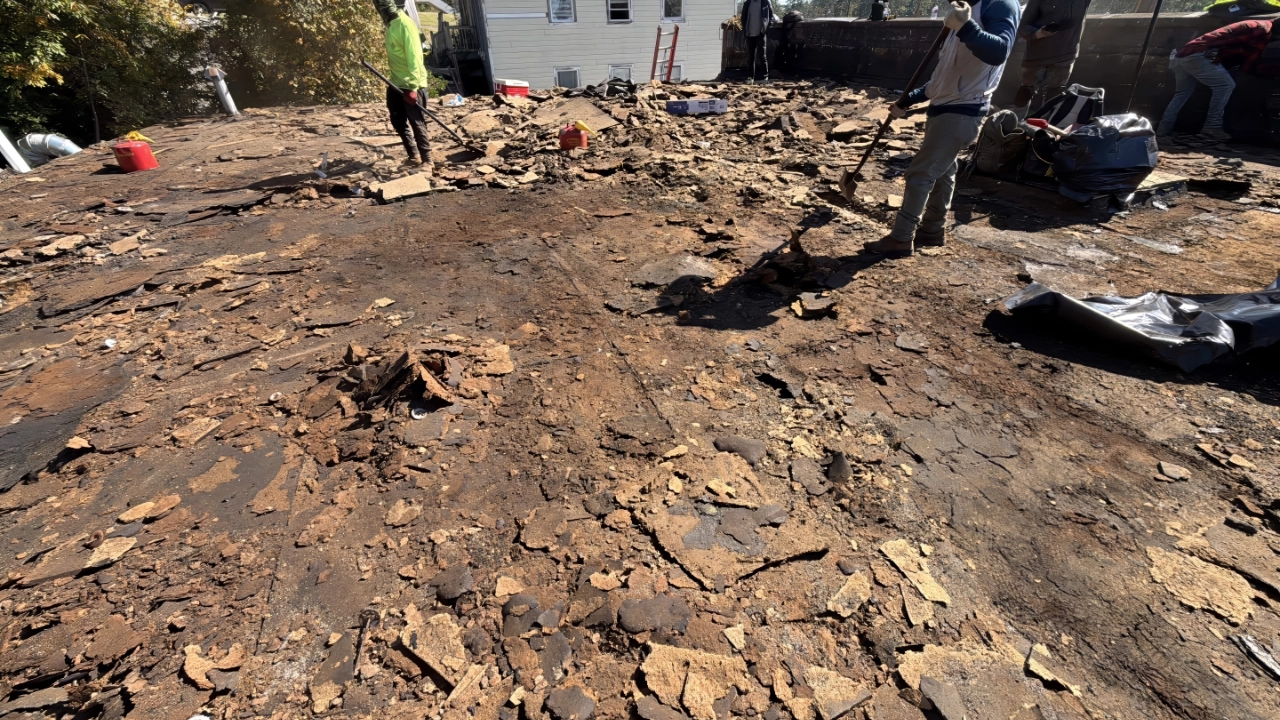
Choosing whether to install a new roof over an existing commercial roofing system—or to perform a complete tear-off and replacement—is a decision that requires skill, technical knowledge, and a detailed inspection. Without the right evaluation, a building owner may unknowingly approve a repair or roof-over that traps moisture, hides structural damage, and ultimately leads to far more expensive issues in the future.
At Douglas Construction, we routinely inspect commercial roofing systems across Georgia to determine whether a roof over (also known as a roof restoration) is truly a safe and code-compliant option. This blog walks through what a proper inspection involves and how our team evaluates whether a commercial roof can be restored—or if a full replacement is the only responsible choice.
Every commercial roof is different. Before any decision can be made, a contractor should perform a full inspection that evaluates the roof’s structure, materials, layers, water intrusion, and overall condition.
During our inspection of a laundromat roof, for example, the building appeared structurally sloped from front to back, yet ponding water was present throughout the middle section. This immediately indicated improper slope distribution—often a sign of underlying moisture or excessive roofing layers.
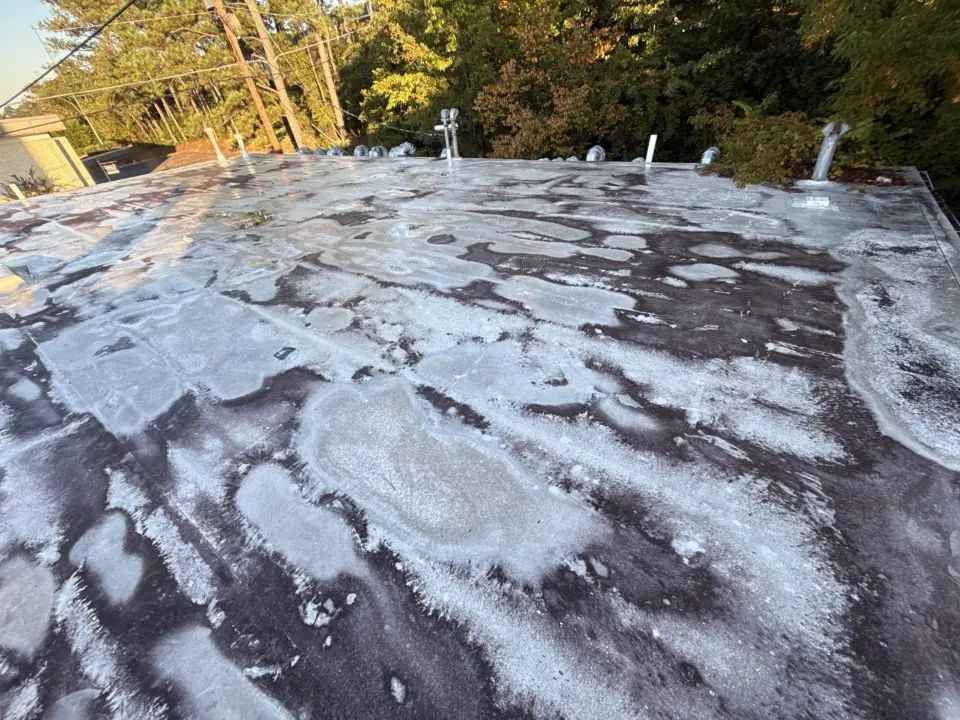
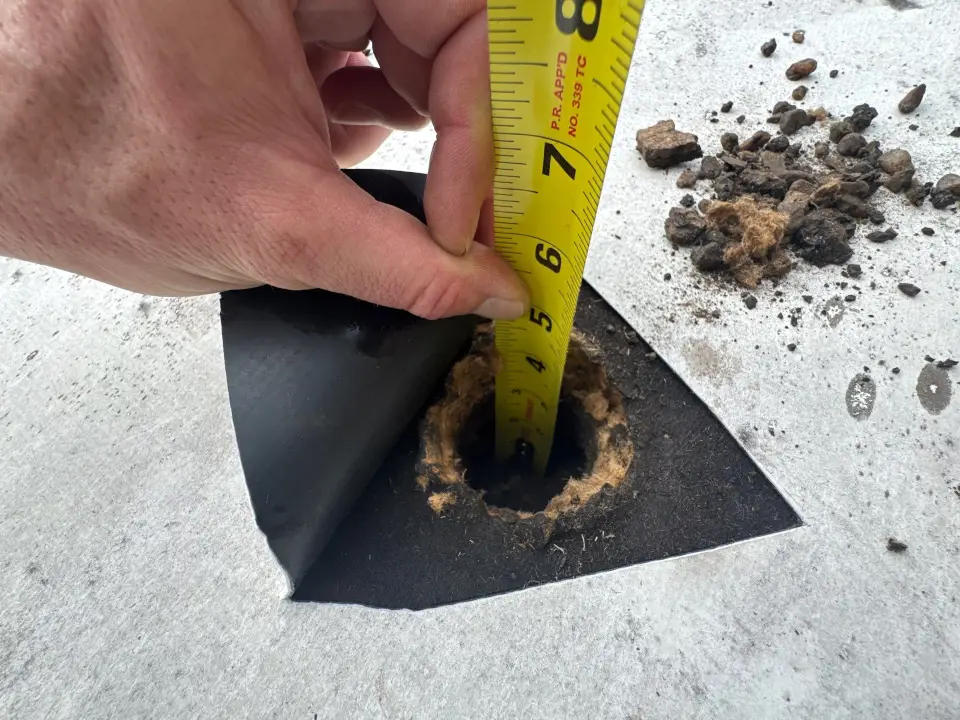
A proper inspection is essential because skipping steps leads to poor decisions. In this particular case, past contractors had installed new roofing systems over old ones without properly checking for moisture. The result? Severe hidden water damage, rotted wood nailers, rusted metal decking, and insulation that had completely deterioated.
A thorough commercial roof inspection should always include:
The contractor must identify whether the roof deck is wood, metal, or concrete. Deck type matters because:
A roof may be:
Incorrect slope—combined with trapped moisture—often leads to ponding water, a major indicator of deeper issues.
Core cuts are one of the most important parts of the inspection. They reveal:

Most areas in Georgia require:
Core cuts also reveal whether multiple layers already exist. Some municipalities prohibit adding a third roofing layer, meaning a roof over is not legally allowed. This is another key reason why working with a qualified commercial roofing contractor who understands the local building code is crucial.
Moisture is the deciding factor in most cases. If moisture is present throughout more than 30% of the roof system, a full replacement is recommended—if not required. Infrared moisture scans or additional core cuts can help determine how far water has spread.
A roof-over can be a cost-effective solution when conditions are favorable. This means that little to no moisture is present in the roofing system, the deck is structurally sound, the insulation meets minimum R-value requirements, only one previous roofing system exists according to local code, and any damage is minimal and localized.
In these cases, a commercial roofing contractor may:
This is the best-case scenario—but only when confirmed through proper inspection.
When a roof-over is done incorrectly, it’s often due to insufficient analysis by the contractor—frequently from skipping critical inspection steps like core sampling. Without a thorough inspection or the experience to know what to look for, property owners may receive incomplete or misleading information, which can lead to costly mistakes in deciding how to address their roof.
At our laundromat project, decades of moisture trapped under multiple layers led to:
Had previous contractors identified the moisture during their inspection, the roof could have been replaced years earlier—preventing the structural damage that ultimately occurred.
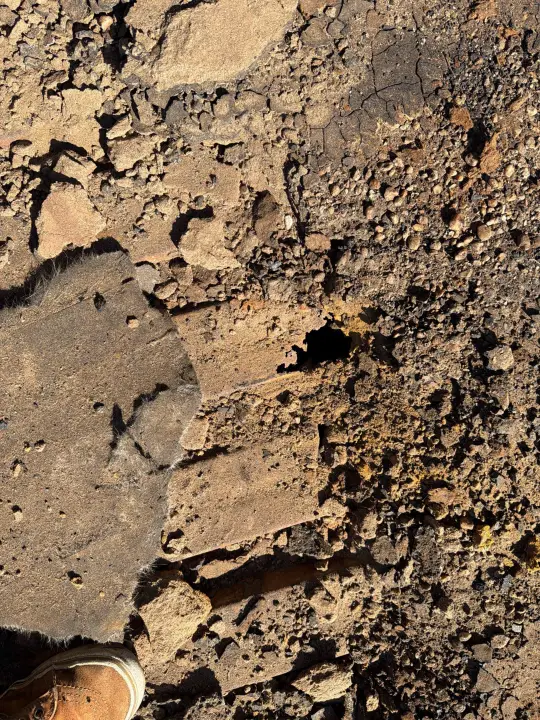

A full roof replacement is recommended when more than 30% of the roof contains moisture, multiple leaks appear across seams, fasteners, and penetrations, or the roof already has the maximum number of layers allowed by code. Additionally, replacement is necessary if structural components show signs of deterioration, such as rotted wood nailers, rusted or punctured metal decking, or saturated and destroyed insulation. Other indicators include prior roof-overs that were completed without addressing moisture and persistent ponding water caused by poor slope or trapped layers.
During our laundromat project, once we removed the top TPO layer, we discovered:
This roof was no longer functioning—structurally or thermally—and a full tear-off was the only safe option.



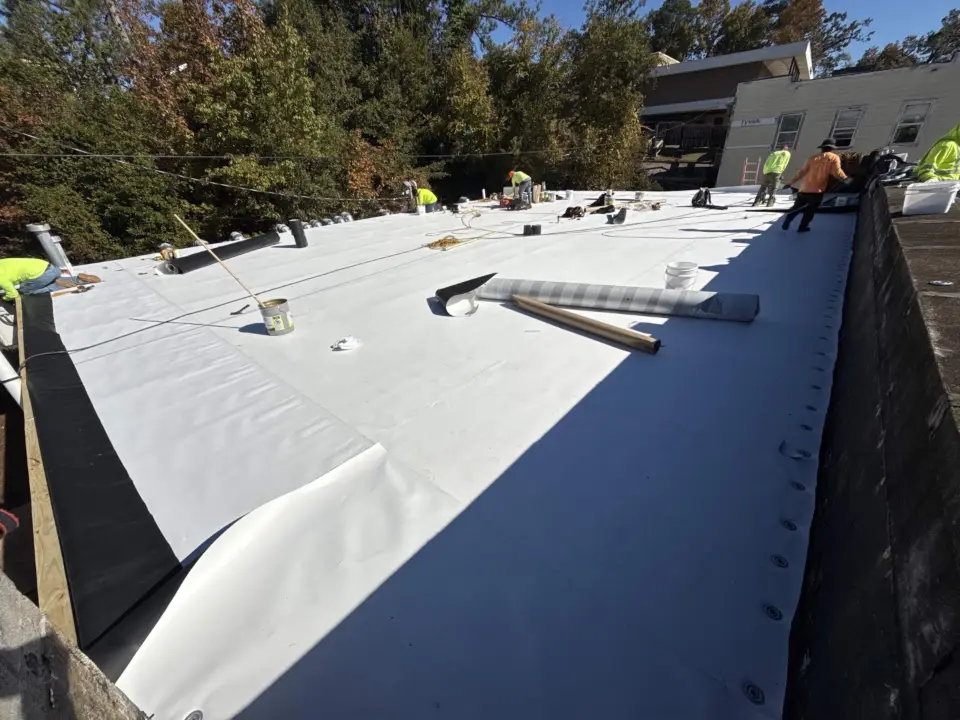
Determining whether a roof can be restored or must be replaced isn’t guesswork—it requires:
A building owner relies on the contractor’s expertise to avoid costly mistakes. At Douglas Construction, our inspection process along with our knowledge and expertise all work together to protect your property, your investment, and your long-term operational stability.
A roof over may seem like the more affordable option and the right conditions, it can be. But without a thorough inspection, choosing a roof over can lead to hidden trapped moisture, structural damage, and expensive repairs that could have been avoided with proper action.
Whether your commercial building needs restoration or a full replacement, a proper evaluation is the first step. Douglas Construction provides detailed inspections, moisture analysis, core sampling, and complete documentation to help you make the right decision for your property.
If you’re unsure of your roof’s condition or want an expert opinion, or maybe even an expert 2nd opinion with no obligation, our team is ready to help you protect your building for the long term.
Call us at 833-895-7663 or complete our online form, and a team member will be in touch within 24 hours.
Book online via our calendar